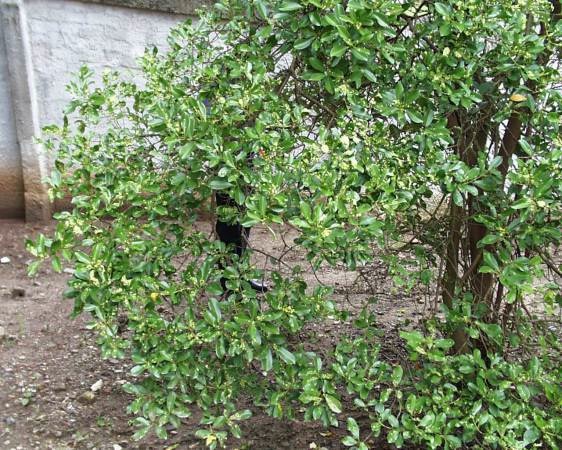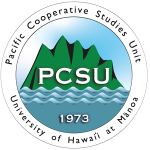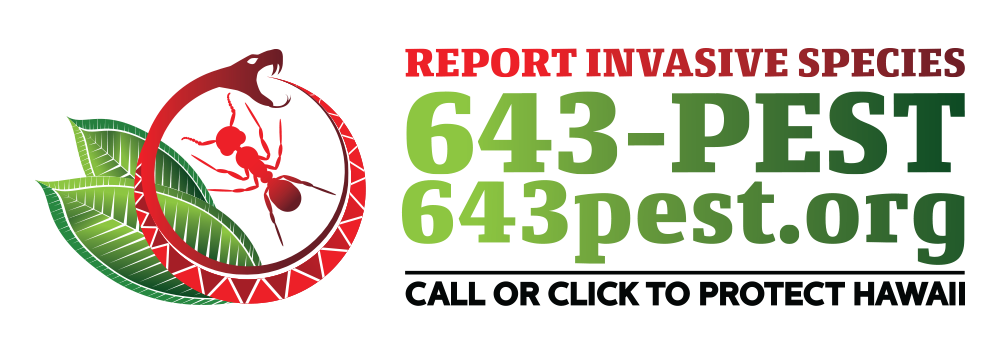
In the late 1990s, a Maui-based ecologist and scientist working with the US Geological Survey (USGS) envisioned a simple, straightforward way for the public to report invasive pests. The late Lloyd Loope was acutely aware of how important it was to have widespread community participation in detecting invasive species. He sought funding to develop an online system to help the public easily report invasive species. The benefit would be two-fold: promoting awareness of harmful plants and animals pests in Hawaiʻi, and stopping high priority pests from becoming established.
Loope found agreement and funding. He and other resource managers began making plans for what would become the 643PEST.org online reporting system. This online system would complement a statewide phone hotline, 643-PEST (7378), implemented by the Hawaiʻi Department of Agriculture.
Elizabeth Speith was the first report facilitator, hired in 2005, and still fields online submissions. With statewide input and support, she’s helped develop the program from its earliest stages to the recognized and effective program it is today. “You can contact the 643PEST system and know your report will go to specialists to be reviewed,” says Speith.
How does it work? Any report of an unknown or concerning plant or animal goes to report facilitators to first identify and determine if it’s actionable (incipient or too widespread) and if it needs an immediate response, e.g., a snake or skunk. “Every island is unique,” explains Speith, “both in the species introduced and the roles and organizations available to respond.”
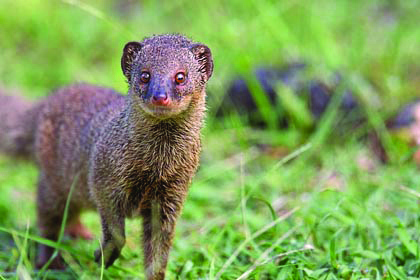
A plant or animal new or in low numbers on one island may be too widespread to stop on another one. Case in point: the mongoose, an introduced predator that dines on the eggs and hatchlings of ground-nesting seabirds, is widespread on all islands save for Lānaʻi and Kauaʻi. A report of mongoose on those islands would launch crews to look for and remove the pest; but a sighting on Maui, where the stubby-legged carnivore is commonplace, would generate a more limited response: identification and information. Regardless of the eventual outcome, reporters will learn the identity, information about the impacts, and resources on how to control the pest.
If the report requires on-the-ground action, Speith and other assessors will contact the appropriate response agency. The kuleana (responsibility) may depend on the pest’s location. Rapid ʻŌhiʻa Death (ROD) is decimating ʻōhiʻa trees on Hawaiʻi Island but is not currently present on Maui. If an alert Maui resident reported a suspected ROD-affected tree in their backyard, it would be passed on to the Maui Invasive Species Committee who would collect a sample for analysis and testing but a suspect tree along a State trail would go to Hawaiʻi Department of Land and Natural Resources (DLNR). The Hawaiʻi Department of Agriculture would respond to any instances of shipping ʻōhiʻa material – logs, firewood, or foliage– from another island (in violation of a quarantine). Rather than asking people to navigate the maze of agencies, concerned citizen scientists have the support of the 643PEST system to shepherd reports to the right responder.
The program has had an impact: in 2020 alone, the 643PEST online system logged nearly 550 reports. Though many reports are of common species, 16% of all reports made to 643PEST.org since 2005 have been for high-priority pests actively managed. Sometimes, a report has stopped a pest in its tracks. In 2013, a Kauaʻi resident reported a strange lizard to the 643PEST system, leading to the first capture and subsequent eradication of the invasive Jackson’s chameleon from the Island.
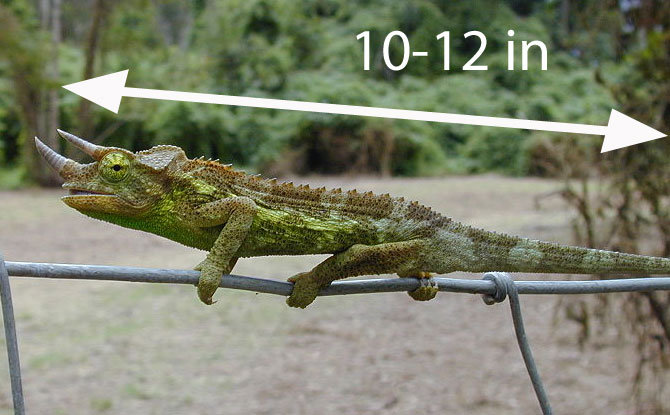
Today, the 643PEST.org report system is under DLNR as a project of the Hawaiʻi Invasive Species Council. Experts from the Hawaiʻi Department of Agriculture, Department of Land and Natural Resources, Bishop Museum, University of Hawaiʻi, and Invasive Species Committees help identify and review reports. The free 643PEST app makes it even easier to help protect Hawaiʻi from invasive species.
Look around your yard and neighborhood. If you see an unusual new pest, report it, and help stop the spread of invasive pests on Maui and elsewhere in the islands. Check out the 643-PEST.org website or contact your local Invasive Species Committee.
Lissa Strohecker is the public relations and education specialist for the Maui Invasive Species Committee. She holds a biological sciences degree from Montana State University. Kia’i Moku, “Guarding the Island,” is prepared by the Maui Invasive Species Committee to provide information on protecting the island from invasive plants and animals that can threaten the island’s environment, economy, and quality of life.
This article was originally published in the Maui News on February 13th as part of the Kia‘i Moku Column from the Maui Invasive Species Committee.
Read more Kiaʻi Moku articles



